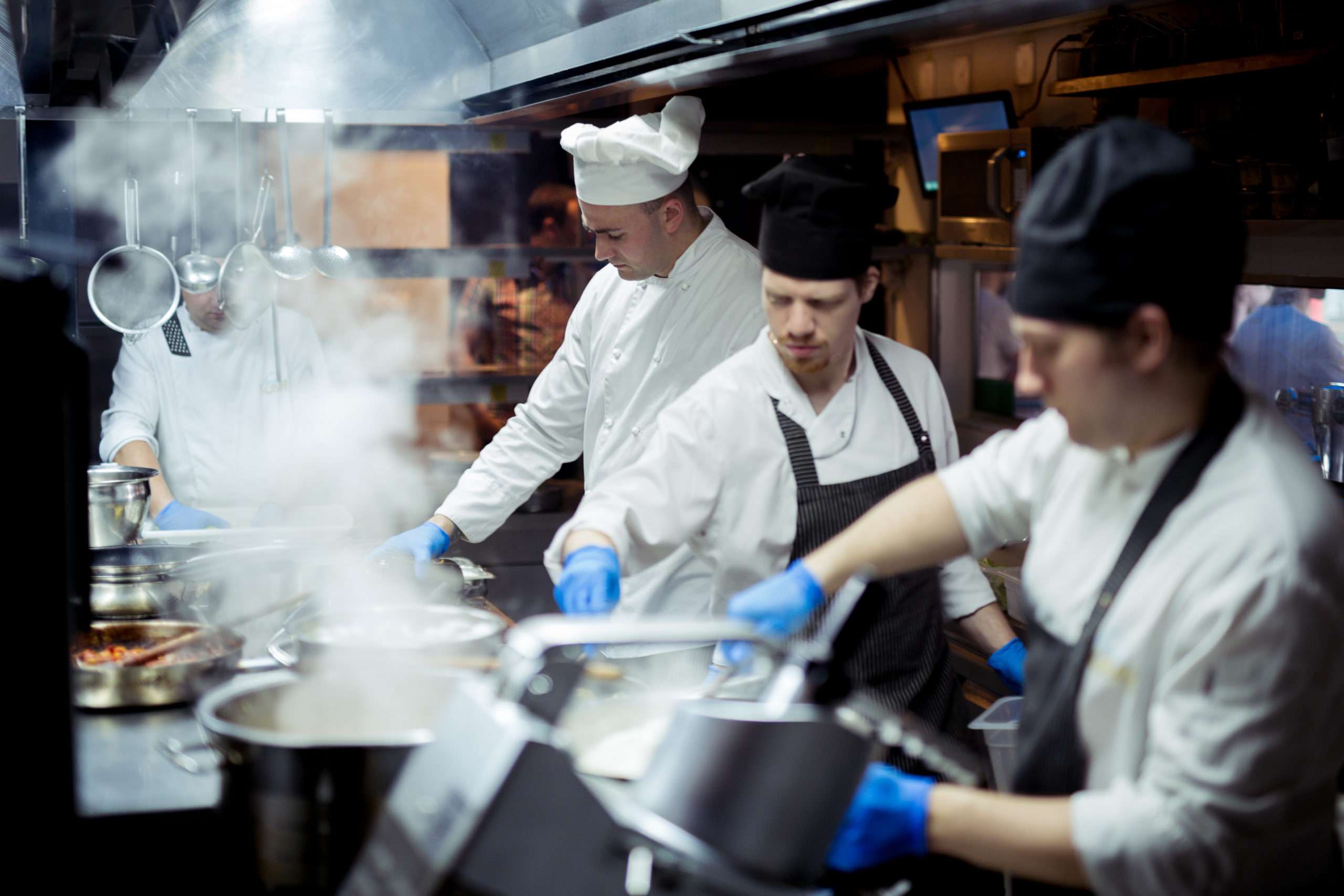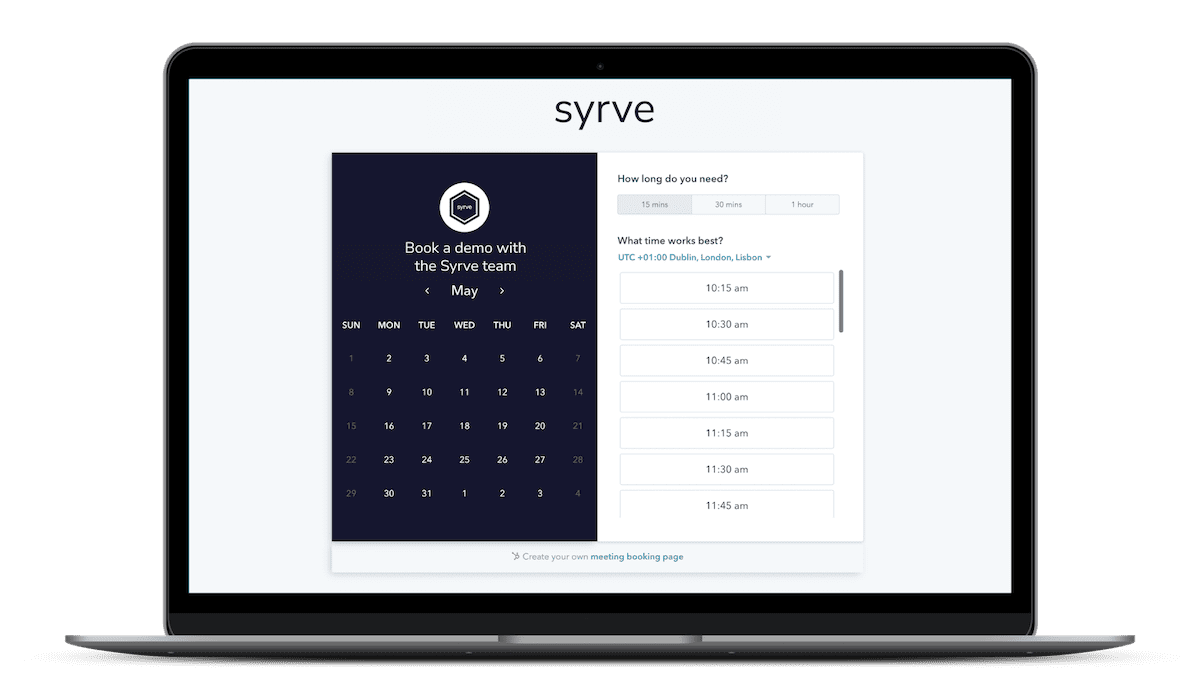As we head into a busy holiday season, front-of-house and kitchen teams need to pull together. Fortunately, tech can help to reduce any friction, especially when the pressure ramps up.
When the restaurant is busy, the last thing any manager needs is arguments and accusations flying around between front-of-house (FoH) staff and their kitchen colleagues. But this can happen easily if customers complain that dishes are inaccurate or food arrives too late.
Before long, the atmosphere turns toxic and heads drop. Frayed tempers and sinking morale can start to impact service, with customers sensing problems … and the ambience hits the floor.
Often, it’s no-one’s fault directly. Miscommunication, distractions and a lack of visibility can be to blame. In truth, FoH and kitchen teams need a real-time window into each other’s world — and that’s where restaurant tech can make all the difference.
Easing the pressure
With a Next-Gen system, restaurants, bars and cafés no longer need to rely on verbal messages, scribbled handwriting, paper tickets and endless nagging or cajoling that can enrage chefs. Instead, every ‘event’ is captured digitally, as it happens, with a unified system that’s visible to everyone.
In particular, FoH staff have the tools to help ease the pressure on their kitchen colleagues — who can be given extra tools to get on with the job of producing quality food on time.
Here are three problems and solutions where tech can help:
Problem 1 - Avoiding a glut of orders arriving at once
Ideally, the kitchen needs to receive a steady flow of orders. Chefs want to avoid periods when nothing is happening, followed by sudden spike in orders — and then, shortly after, waiting staff demanding to know why the food isn’t ready yet.
This can happen easily when FoH staff move from table to table, taking orders, and then queue with colleagues at the POS terminal. Suddenly, the kitchen gets a mountain of orders, all at once. To make matters worse, some of these orders could have been taken 10 minutes before, so the kitchen is already well behind customer expectations.
The answer: A solution like a dedicated restaurant table service app can help you to address this issue. Using handheld devices, waiting staff can take orders accurately — and send them to the kitchen instantly with a click. They appear on kitchen display screens immediately and so cooking gets under way.
Problem 2 - Food collection and deliveries compound problems
Many restaurants now rely more heavily on delivered food and collections as a revenue stream, but this can also created tricky workload spikes for the kitchen. Confusion and delays can abound too — if orders are received via different channels, requiring staff to re-key details accurately into the system.
Unless this is handled carefully during busy sessions, takeaway customers can face unacceptable delays, cold food and the wrong orders.
The answer: The best restaurant tech features sophisticated food delivery software that integrates seamlessly with ordering apps and aggregators, creating just one pipeline in the kitchen automatically. Smart systems will also allow FoH staff to look ahead at the kitchen workload, so they can schedule realistic delivery and collection times for walk-in customers or those who message or call, managing their expectations.
Problem 3 - “When will the food be ready? Customers are getting restless”
If problems #1 and #2 are addressed, this will be less of an issue. But food arriving late can have a deadening affect on the customer experience. And this can be made worse if waiting staff seem clueless about its arrival — or make vague promises that prove worthless. If any friction with customers is relayed back to the kitchen, then stress levels can go through the roof.
The answer: Advanced kitchen management software will ensure every order is recorded and tracked — with its status showing on kitchen display screens as well as FoH terminals for everyone to see.
Put simply, FoH staff won’t need to ask when is a dish is arriving, they’ll see whether it’s a case of ‘cooking not started’, ‘in progress’, ‘ready, take’ or ‘served’. Kitchen staff simply click to record the progress of meals, while FoH staff can see the seconds counting down for when the dish should be ready.
Importantly, tech can help with scheduling meals and deciding what’s urgent. For example, every dish has a cooking time. But if too much time has elapsed and the chef has yet to start, then the item will suddenly become flagged as ‘urgent’. The system handles this automatically, without anyone having to intervene and tell someone to change their priorities.
Fairness for everyone
Restaurant staff value Next-Gen systems because they record and communicate data that’s trustworthy and available in real-time. The system knows what was ordered, when it was cooked, and when the dish was served. If someone slips up, they can’t blame it on a colleague.
But the system also has a wealth of built-in safeguards to stop customer orders falling into the cracks of the production process — and a series of smart measures where teams can help each other.
If you want front-of-house and back-of-house working as one team, it’s essential to use a single system that covers your operation, end to end.



